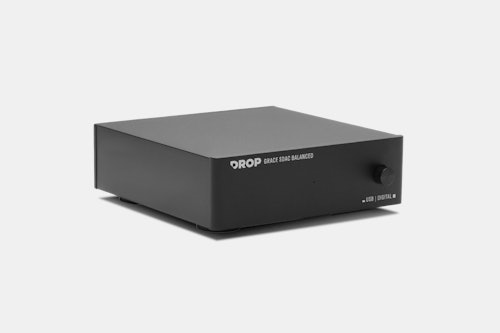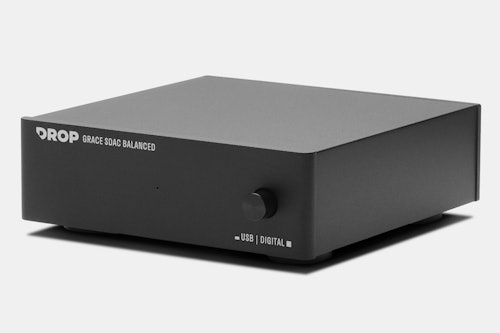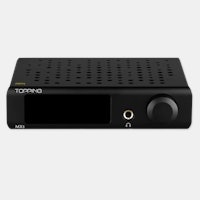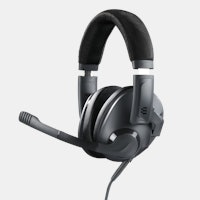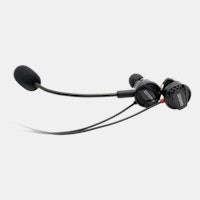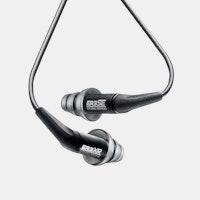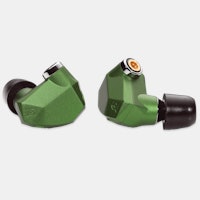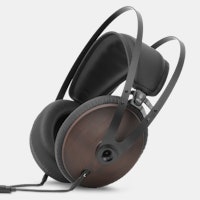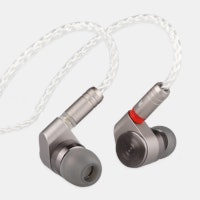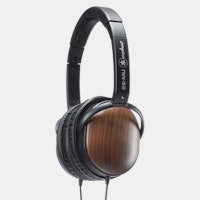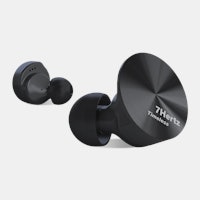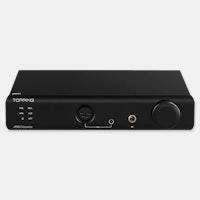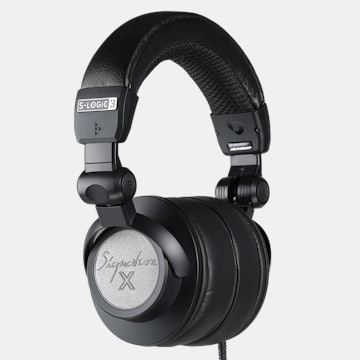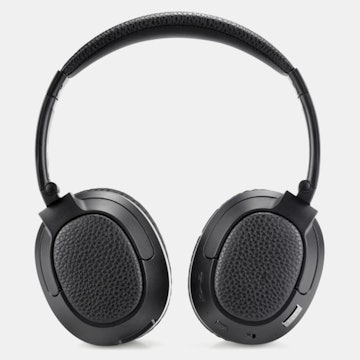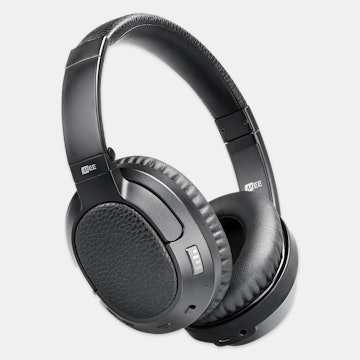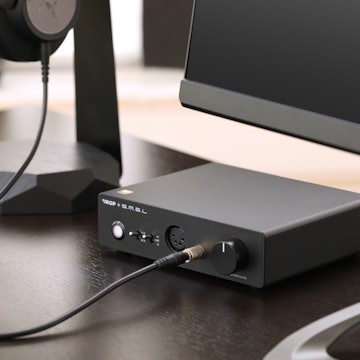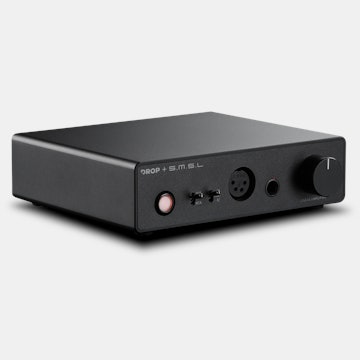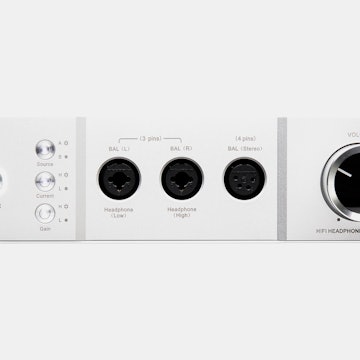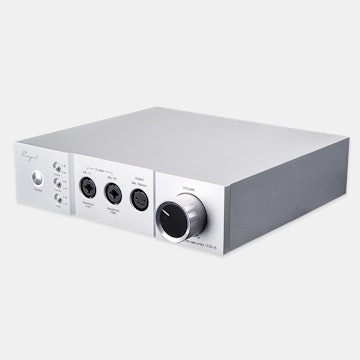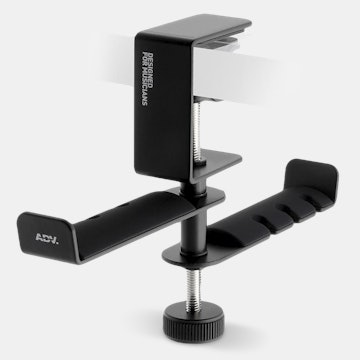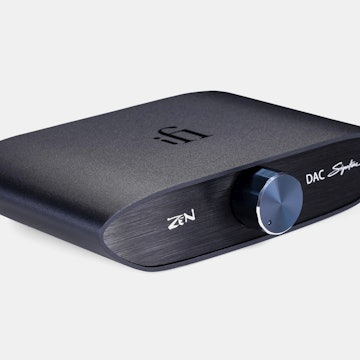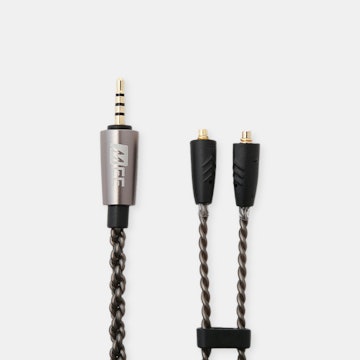Click to view our Accessibility Statement or contact us with accessibility-related questions









Drop + Grace Design Standard DAC Balanced
Drop + Grace Design Standard DAC Balanced
bookmark_border
Where's the price?
To negotiate the best possible price for our customers, we agree to hide prices prior to logging in.
3.6K requests
·
3k Sold
·
Free Returns in USA
Product Description
Following the success of the Massdrop x Grace Design Standard DAC, we’re excited to release the much-requested balanced version. It’s the least-expensive small standalone balanced DAC on the market, designed to complement high-end balanced amplifiers like the Drop + THX AAA™ 789, the Massdrop x Alex Cavalli Liquid Carbon X, and more Read More

search
close
Found 53 results

horseman612
31
Aug 17, 2018
"The DAC chip can output balanced even as a single chip.
I am waiting on a more technical explanation of how that is accomplished."
Unless this is a different chip with essentially 4 DACs instead of 2 (L/R, +/-, if a quality DAC chip like that exists I'm not aware of it) the only way to do that is by phase-splitting the chip's unbalanced output. That gives you a balanced output but does NOT make this a balanced DAC, and IMO does not provide much benefit in a home audio setting. This arrangement gives you XLR's noise rejection over long cable runs but does not give you the sonic benefits of fully separate + and - signal paths (which have to start at the source to provide much benefit other than the noise rejection.)
(ETA that I see now that it's an AK4452, a good chip but definitely a 2 channel one - if it's using only one of these, it must be phase splitting & cannot be a true balanced DAC.)
Unless this is a different chip with essentially 4 DACs instead of 2 (L/R, +/-, if a quality DAC chip like that exists I'm not aware of it) the only way to do that is by phase-splitting the chip's unbalanced output. That gives you a balanced output but does NOT make this a balanced DAC, and IMO does not provide much benefit in a home audio setting. This arrangement gives you XLR's noise rejection over long cable runs but does not give you the sonic benefits of fully separate + and - signal paths (which have to start at the source to provide much benefit other than the noise rejection.)
(ETA that I see now that it's an AK4452, a good chip but definitely a 2 channel one - if it's using only one of these, it must be phase splitting & cannot be a true balanced DAC.)
Pierre111
413
Aug 23, 2018
If I may, i didn't want to create a whole debate and it seems to confuse people, in effect I was just pointing that the differential output of the DAC chip doesn't tell any info if the output of the unit is Balanced or not. In fact it doesn't matter either they use both output to create a symmetrical and impedance matched pair to ground (a balance signal). The unit is not a preamp, not an amp, it's the very first stage of the analog audio chain so if the output is balanced it's a balanced DAC. the differential output of a dac chip matters if you connect it to something after it with a differential input A balanced output is different and it's not less balanced or pseudo balanced, it's balanced, regardless if they use both output of the chip or one. We can debate if something is truely a balanced design if it has analog inputs and outputs, we can then debate if the signal stays symmetrical troughout, if a XLR connector has just been put there for convenience, etc. but in this case it's just an output. You may be interested to know if they indeed used both polarity inverted output of the chip or if they used used a switched capacitor but there is not one method that is less balanced than the other. It's the very begining of a chain in a balanced configuration, and this balanced signal in all case is being generated after the chip. I was just pointing out that checking if the chip has differential output is not the right argument to say this DAC is fully balanced. In fact it can only be fully balanced or not at all.

Michael_Grace
432
Grace Design
Sep 13, 2018
Hi pospos,
Feeding the SDAC balanced with AES at 3.5Vpp should not be a problem. The ideal method would be to build a circuit like in this article: https://www.rane.com/note149.html These are difficult to build in to normal connectors though. Another option is to use the circuit below.

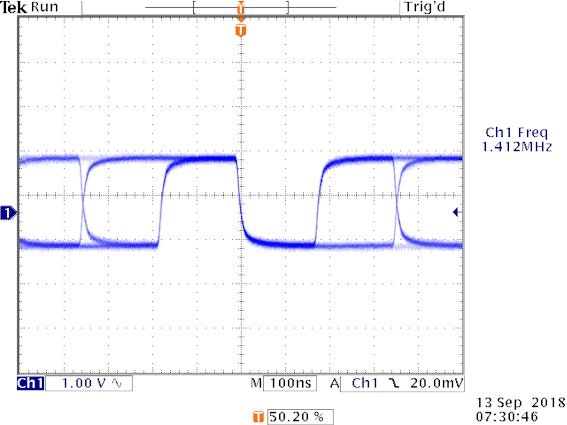
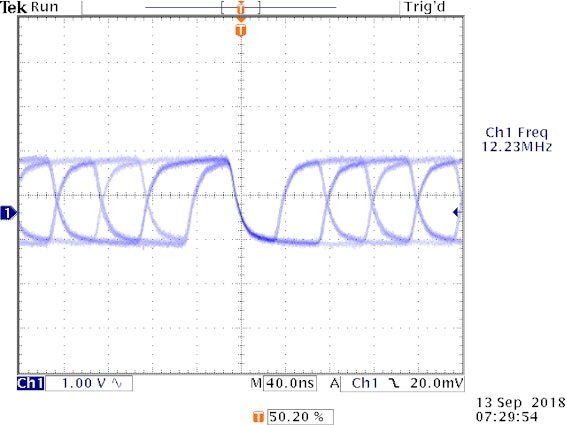




Hrharrell
181
Aug 23, 2018
If you made it Dual Mono balanced and put it in the full size inclosure with maybe more input/ouput options yall would be selling out of your productions capabilitie. It would cost more yes, but it’s what everyone wanted from this.
I get you were trying to stay true to the orginal SDAC.
Any plans for something like this in the future?
jaffe
272
Aug 22, 2018
It's true there's no reason why there shouldn't be $500-$600 Chinese version of the M920. It's got a bit long in the tooth I hear but as always seemed like a totally adequate Studio Box.
verifonix
1181
Jul 22, 2019
that much is true :) I think it's really simply a matter of cost in this case, it's supposed to be a budget bargain dac
(Edited)

Tiondar
37
Keyboard Club Member
Jan 26, 2020
True, but at that point, if you don’t have an xlr, the sDac standard is cheaper and don’t need an adapter.
Pierre111
413
Aug 21, 2018
The DAC (chip?) is far from being the heart of the cost. The heart of the cost is ALWAYS the developpment phase, followed by tooling (producing custom parts like aluminum casing, volume wheel, etc) everything else is small compared to that. The more complex to implement the higher the cost and it's exponential. Great DAC chips typically cost under 3$ each connector is more. Not saying that something like the lake people cannot be made for less, but just assuming that it would be just a little bit more is not true, and the liquid Carbon exemple is not a proof neither, in that case the dev cost is greatly reduced because it's based on previous products, it's not the same exact product as the made in america one, they also made part decisions to cut BOM cost as well. In tech, price normally follow an exponential curve, meaning a small improvement can quickly double the cost. Let's say they work well and can theoritically make what you want for 400 or 500 dollars, the thing is they are not gonna have the same volume as a a 149 product, and again the same part if you order 500 is not gonna be the same price if you order 10 000
nick_t
187
Apr 29, 2020
I dont have one but from what I told it is not balance, and have seen before inside. If you are looking for pure balance, I suggest you look for another one. But to be honest, I dont think you going here any difference. Am telling you this based on experience. The only true balance dac for $200 is the Geshelli Enog2pro look it up. I dont like the location of input and output.
Recent Activity
